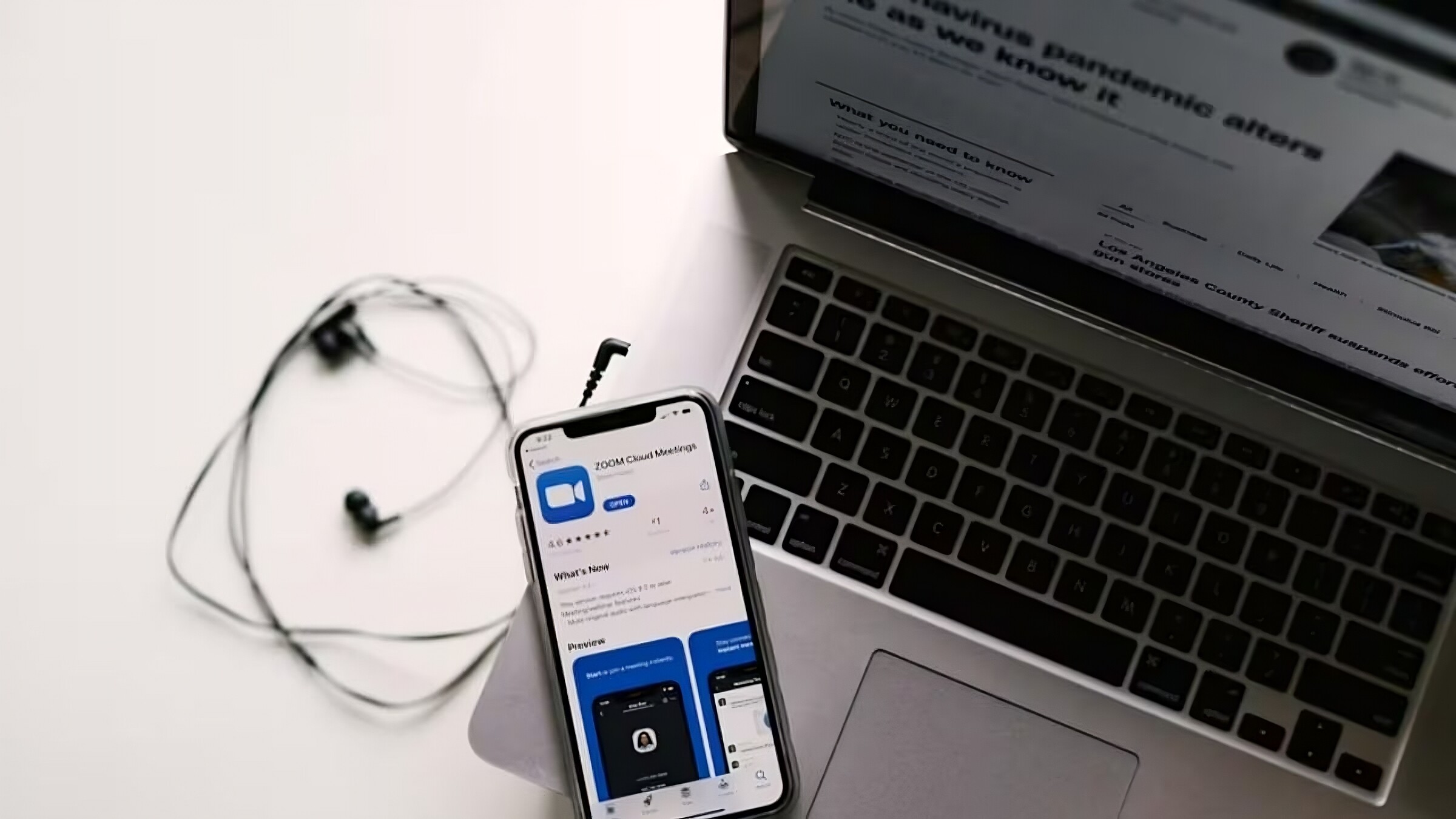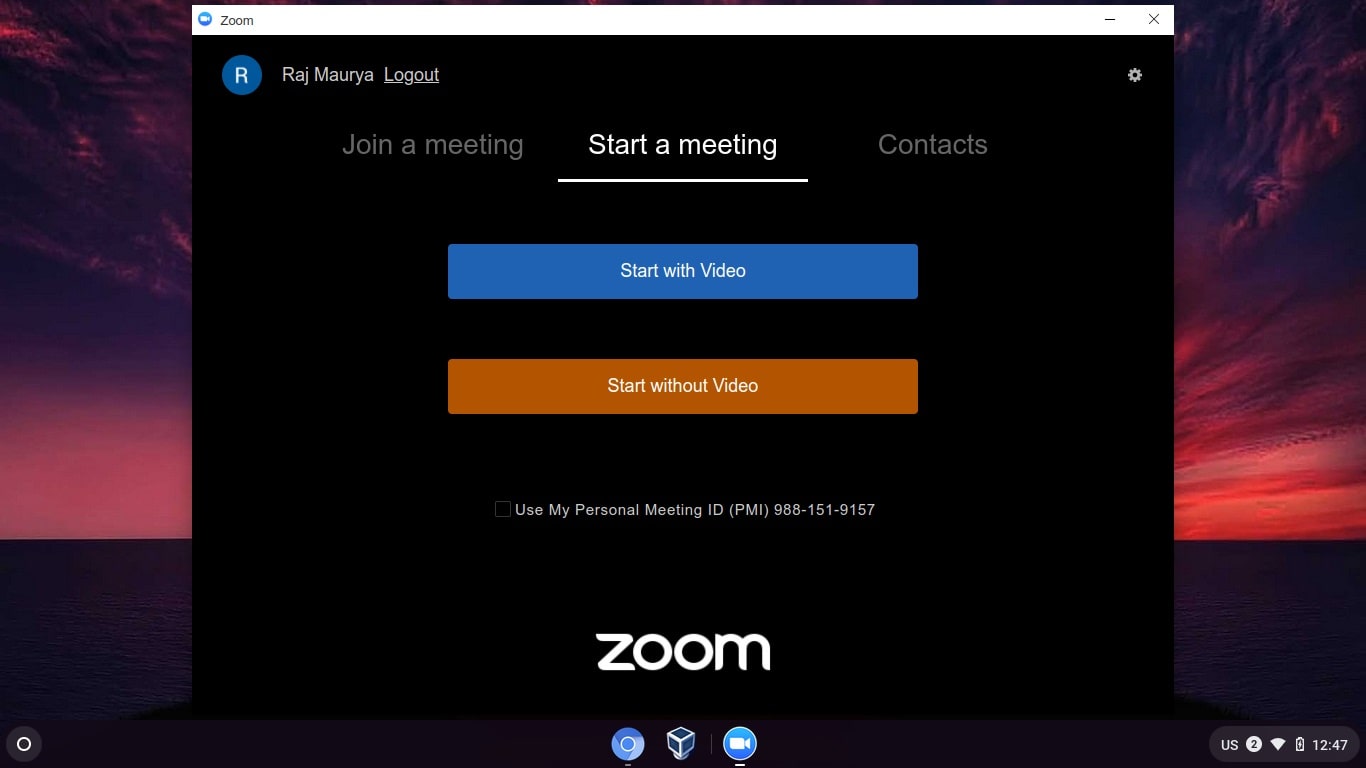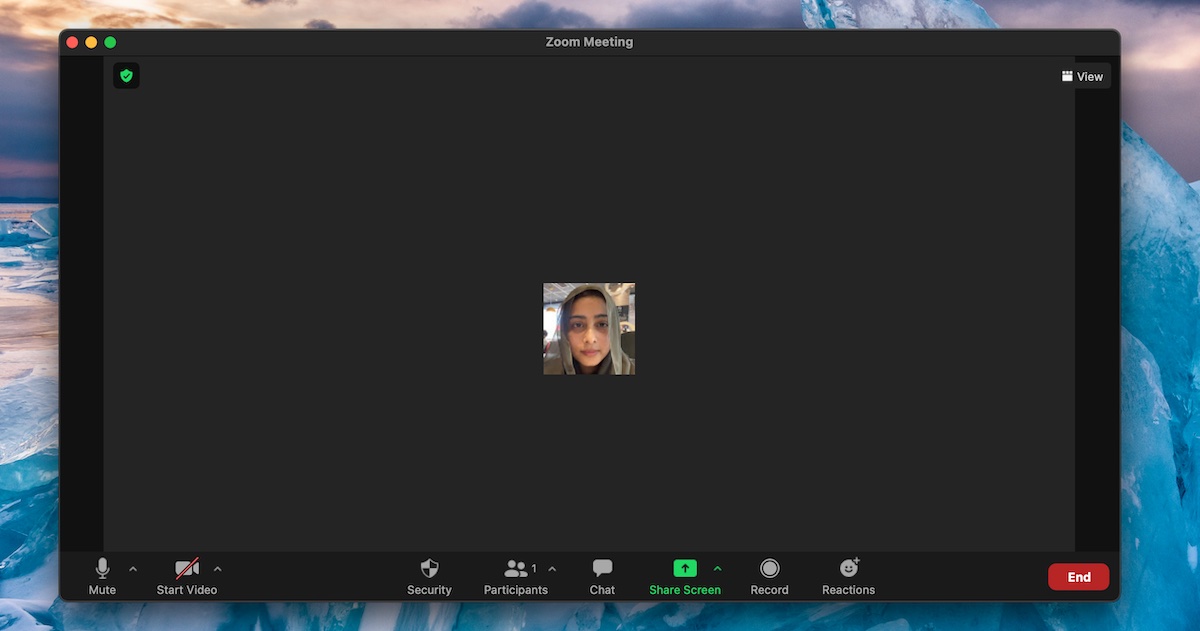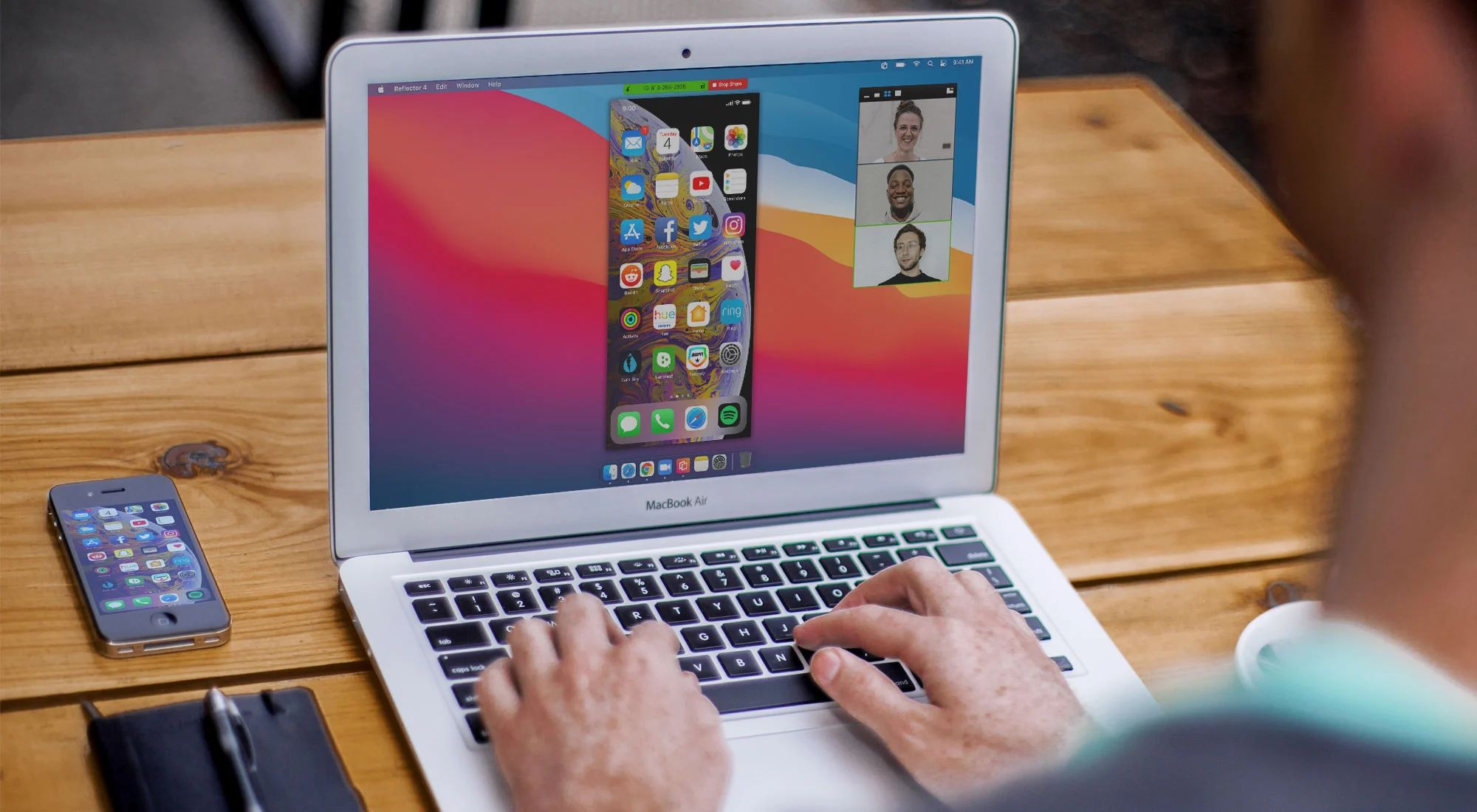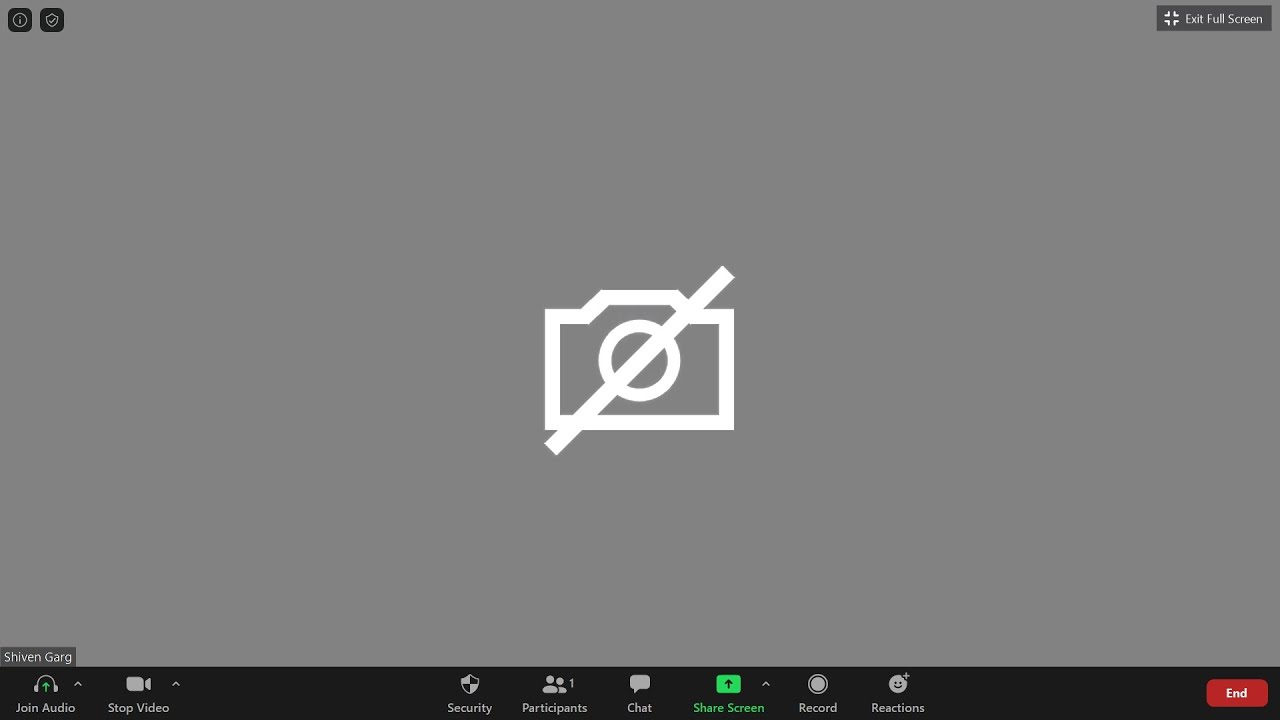Introduction
Welcome to our step-by-step guide on how to download the Zoom app! In today’s digital age, video conferencing has become an essential tool for communication and collaboration. Whether you’re a student attending online classes, a professional working remotely, or someone who wants to stay connected with friends and family, Zoom is a popular choice for video meetings and virtual gatherings.
With its user-friendly interface and robust features, Zoom has gained widespread popularity for its ability to bring people together, no matter the distance. In this article, we will walk you through the process of downloading the Zoom app onto your preferred device.
Before we begin, it’s important to note that Zoom is available for various platforms, including Windows, Mac, iOS, and Android. So, regardless of whether you’re using a computer, a smartphone, or a tablet, Zoom has got you covered.
So, if you’re ready to embark on this journey of seamless video communication and virtual meetings, let’s dive into the step-by-step process of downloading the Zoom app on your device.
Step 1: Go to the website
The first step in downloading the Zoom app is to visit the official Zoom website. To do this, open your preferred web browser and type in “zoom.us” in the address bar. Once the website loads, you will be presented with the Zoom homepage.
Zoom’s website serves as the central hub for all things Zoom-related. Here, you can find information about the various Zoom plans, features, and pricing options. It’s also where you can access resources such as video tutorials, tips, and frequently asked questions to help you get the most out of your Zoom experience.
On the homepage, you’ll notice a navigation menu at the top of the screen. This menu makes it easy to navigate through the different sections of the website. You can explore options like “Products,” “Pricing,” “Resources,” and more to gather more information about Zoom’s offerings.
If you’re already convinced and simply want to download the Zoom app, look for the “Resources” or “Download” section on the homepage. Typically, you’ll find a prominent button labeled “Download” or “Get Zoom” that will take you directly to the app download page.
It’s worth mentioning that some devices, like smartphones and tablets, allow you to download the Zoom app directly from their respective app stores. In such cases, you can skip this step and directly search for “Zoom” in your app store and proceed to download the app from there.
Once you have located the download page or accessed your device’s app store, you’re ready to move on to the next step of selecting your device.
Step 2: Select your device
After you have arrived at the Zoom website or opened your device’s app store, the next step is to select the specific device you plan to use for Zoom. This step is crucial because the Zoom app is available for a wide range of devices, and selecting the correct version ensures optimal performance and compatibility.
If you’re on the Zoom website, you will typically find a dropdown menu or a set of icons representing different operating systems and devices. Look for options like “Windows,” “Mac,” “iOS,” “Android,” and more. Click or tap on the appropriate option based on the device you want to install Zoom on.
If you’re on a device that allows you to download apps directly from the app store, you can simply search for “Zoom” in the search bar and the app should appear in the results. Make sure to select the correct version of Zoom for your device’s operating system.
By selecting the right version of Zoom for your device, you ensure that you have the best experience while using the app. Each version is optimized to take advantage of the specific features and capabilities of the operating system it’s designed for. This ensures smooth performance, stability, and access to all the features Zoom has to offer.
Keep in mind that Zoom is available for a variety of devices, including desktop computers, laptops, smartphones, and tablets. Whether you’re using a Windows PC, a MacBook, an iPhone, or an Android device, there’s a Zoom version specifically tailored for your device.
Once you’ve selected your device, you’re now ready to proceed to the next step of the downloading process, which is actually downloading the Zoom app.
Step 3: Download the app
Now that you have selected your device, it’s time to download the Zoom app. The download process may vary slightly depending on whether you’re on the Zoom website or using your device’s app store.
If you’re on the Zoom website, after selecting your device, you will typically be redirected to a page where you can initiate the download. Look for a button or link that says “Download” or “Get Zoom.” Click or tap on it to start the download.
On the other hand, if you’re using your device’s app store, after searching for “Zoom,” you should see the Zoom app listed in the search results. Look for the app with the official Zoom logo and the relevant information about the app. Tap on the “Download” or “Get” button to initiate the download.
Depending on the speed of your internet connection, the download process may take a few moments. During this time, it’s essential to ensure that you have a stable internet connection to avoid any interruptions or delays. You may also be prompted to provide permission for the app to access certain features or data on your device. Follow the on-screen prompts and grant the necessary permissions to proceed with the download.
It’s worth noting that the download process may also require you to have sufficient storage space on your device. Check the available storage on your device and make sure you have enough space to accommodate the Zoom app.
Once the download is complete, the app will be installed on your device, and you’re ready to move on to the next step of the installation process, which is opening the installer or launching the app, depending on your device.
Step 4: Open the installer
After successfully downloading the Zoom app, the next step is to open the installer. This step may vary depending on the device you’re using and the operating system it runs on.
If you’re on a Windows PC or a Mac, the downloaded Zoom app will typically come in the form of an installer file. Locate the downloaded file, which is usually saved in your device’s designated downloads folder. The file may have a name like “ZoomInstaller.exe” for Windows or “Zoom.pkg” for Mac.
Double-click on the installer file to begin the installation process. This will launch the installer and present you with setup options and prompts to proceed with the installation. Follow the on-screen instructions carefully to ensure a successful installation of the Zoom app on your device.
For mobile devices such as iPhones or Android smartphones, the installation process may be slightly different. Once you’ve downloaded the Zoom app from the app store, you can locate the app icon on your device’s home screen or in the app drawer.
Tap on the Zoom app icon to open it. This will initiate the installation process, which may involve additional setup steps and permissions to grant. Follow the instructions on your device’s screen to complete the installation of the Zoom app.
It’s important to note that during the installation process, the app may ask for certain permissions, such as access to your camera, microphone, or contacts. Granting these permissions is necessary for the app to function correctly and provide you with a seamless video conferencing experience.
Once the installation is complete, you’re now ready to move on to the next step of the process, which is following the prompts to set up and configure the Zoom app according to your preferences.
Step 5: Follow the prompts
After opening the installer or launching the Zoom app on your device, it’s time to follow the prompts to set up and configure the app. These prompts will guide you through the initial setup process and allow you to customize various settings according to your preferences.
During the setup, you will be asked to provide your email address or create a new Zoom account. If you already have an existing Zoom account, you can sign in using your credentials. Otherwise, follow the on-screen prompts to create a new account.
Once you have signed in or created an account, you will have the option to customize your profile by adding a profile picture and setting a display name. This helps others identify you during Zoom meetings and enhances your overall Zoom experience.
Next, you will be prompted to grant permissions for the app to access essential features on your device, such as the camera and microphone. It’s crucial to allow these permissions to ensure that you can participate in video meetings and communicate with other participants effectively.
During this step, you may also have the opportunity to review and adjust various settings related to audio, video, and general preferences. Take your time to explore these options and make changes according to your needs. For example, you can select the default microphone and speaker, adjust video quality settings, and enable or disable various audio and video enhancements.
Additionally, you may encounter prompts to join or schedule a meeting, add contacts, or explore additional features and services offered by Zoom. Feel free to explore these options and familiarize yourself with the various functionalities available within the Zoom app.
Once you have completed the initial setup and configuration by following the prompts, you’re ready to launch the Zoom app and start using it for video meetings, webinars, or any other virtual gatherings you require.
By following these prompts, you ensure that the Zoom app is tailored to your preferences and configured correctly to deliver the best possible experience during your video conferences and interactions with others.
Step 6: Launch the app
Now that you have completed the initial setup and configuration of the Zoom app, it’s time to launch it and begin using its powerful features. Launching the app is a straightforward process and can be done with just a few clicks or taps, depending on your device.
If you’re using a Windows or Mac computer, you can usually find the Zoom app in your device’s programs menu or applications folder. Look for the Zoom app icon and double-click on it to launch the app. Alternatively, you can also launch the app by clicking on the Zoom icon on your desktop, if you chose to have a shortcut placed there during the installation process.
For mobile devices, such as iPhones or Android smartphones, you can launch the Zoom app by locating the app icon on your device’s home screen or in the app drawer. Simply tap on the Zoom app icon to open it.
Once the Zoom app is launched, you will be presented with the main interface, which typically consists of various options and buttons to join or start a meeting, schedule a meeting, invite participants, and access other features like screen sharing, chat, and more.
Take some time to familiarize yourself with the different elements of the Zoom app’s interface. Explore the menus, buttons, and settings to understand how to navigate and make use of the app’s functionality effectively.
To join a meeting, you will usually need a meeting ID or a link provided by the meeting host. Enter the meeting ID or click on the meeting link and follow the on-screen instructions to join the meeting. If you want to start your own meeting, simply click on the “Start a Meeting” or similar button and follow the prompts to initiate a meeting and invite participants.
Once you’re inside a meeting, you can make use of various Zoom features, such as video and audio controls, screen sharing, chat, participant management, and more. These features allow you to collaborate, communicate, and engage with meeting participants in a seamless and interactive manner.
By launching the Zoom app and leveraging its powerful features, you can enjoy the benefits of video conferencing, virtual meetings, and online collaboration, connecting with others from wherever you are.
Conclusion
Congratulations! You have successfully completed the process of downloading and launching the Zoom app on your preferred device. By following the step-by-step guide outlined in this article, you are now ready to experience the convenience and versatility of Zoom’s video conferencing and collaboration platform.
With Zoom, you can connect with friends, family, colleagues, and clients from anywhere in the world, making communication and collaboration effortless and efficient. The Zoom app offers a wide range of features, including video meetings, screen sharing, chat, virtual backgrounds, and more, to enhance your online interactions and create a productive and engaging environment.
Remember to keep the Zoom app updated by regularly checking for updates, as this ensures you have access to the latest features and security improvements. Additionally, take advantage of the resources available on the Zoom website, such as tutorials and FAQs, to further enhance your understanding of the app and make the most out of your Zoom experience.
Whether you’re attending virtual classes, conducting remote work meetings, or connecting with loved ones, the Zoom app simplifies and enriches your online interactions. Embrace the power of video conferencing and enjoy seamless communication and collaboration with Zoom. So, go ahead, launch the app, and embark on your Zoom journey!







